Recently, a listener sent in the following request:
Please help me understand this Ellen White quote through design law:
“Abraham believed God, and it was counted unto him for righteousness. Now to him that worketh is the reward not reckoned of grace, but of debt. But to him that worketh not, but believeth on him that justifieth the ungodly, his faith is counted for righteousness.” Righteousness is obedience to the law. The law demands righteousness, and this the sinner owes to the law; but he is incapable of rendering it. The only way in which he can attain to righteousness is through faith. By faith he can bring to God the merits of Christ, and the Lord places the obedience of his Son to the sinner’s account. Christ’s righteousness is accepted in place of man’s failure, and God receives, pardons, justifies, the repentant, believing soul, treats him as though he were righteous, and loves him as he loves his Son. This is how faith is accounted righteousness; and the pardoned soul goes on from grace to grace, from light to a greater light. He can say with rejoicing, “Not by works of righteousness which we have done, but according to his mercy he saved us, by the washing of regeneration, and renewing of the Holy Ghost; which he shed on us abundantly through Jesus Christ our Saviour, that being justified by his grace, we should be made heirs according to the hope of eternal life” (Review and Herald, November 4, 1890, par. 7).
Thank you for your inquiry. When I read passages like this one, which is describing God’s solution to the sin problem, I find it helpful to first identify the problem that sin caused, the problem that the plan of salvation fixes. Before we seek to understand the meaning of the passage above, let’s ask: “What biases, assumptions, and beliefs do we hold regarding the nature of the sin problem?” Our understanding of the sin problem slants how we interpret God’s actions in solving it.
When Adam sinned, did God get changed? Did God’s law get changed? Obviously, the answer to both is no! So, whatever the solution is to the sin problem, it does not involve doing something to God or His law—they are perfect!
Next question: When Adam and Eve sinned, did they get changed? I think it is obvious that they did.
Now, perhaps the most important question: Was the nature of that change a penal/legal change, a change in their legal status within the celestial government—or was it a change in the operation of their being, a change in heart, mind, and character? After they sinned, were they still righteous, holy, loving, trusting friends of God who now simply had a legal problem with a legal penalty they could not pay? Or were they changed into individuals who were actually out of harmony with God and His protocols for life? Why did they become afraid and run and hide? Was it because God changed and got angry and wrathful and was out to get them? Or was it something inside of them that changed such that they distrusted God and now operated upon the motive of fear and selfishness instead of love and trust?
The questions lead us to understand reality—that God is the Creator, and as Creator, His laws are the laws that all the universe is built upon and life itself operates upon, what I term design laws, like the laws of physics, gravity, health, and the moral laws. Life, health, and happiness are possible only when in harmony with the laws the Creator built into the operations of reality. Created beings—you, me, angels—cannot create from nothing; we cannot establish laws that govern the operations of reality, so we make up rules we call laws, but our laws are imposed and require the use of external punishments to enforce compliance and punish wrongdoing.
When Adam and Eve sinned, they did not get into legal trouble in a court system that functions like human law courts; they got into lethal trouble. They were no longer operating upon the laws that God built them to thrive and live upon. They were now dead in trespass and sin (Ephesians 2:1; Colossians 2:13)—their condition, without intervention and remedy from our Creator, was terminal. (If you would like to read more about how God, through Jesus, heals His creation from sin, see our blogs Salvation and the Cleansing of Our Spirit, Part 1 and Part 2.)
All of the word pictures in Scripture teach that the plan of salvation is not the plan of legal adjustment in a courtroom but is the plan of healing the heart and mind of the individual:
- “Create in me a clean heart, O God, and renew a right spirit within me” (Psalm 51:10 ESV).
- “I will give you a new heart and put a new spirit in you; I will remove from you your heart of stone and give you a heart of flesh. And I will put my Spirit in you and move you to follow my decrees and be careful to keep my laws” (Ezekiel 36:26, 27 NIV84).
- “This is the covenant I will make with the house of Israel after that time, declares the Lord. I will put my laws in their minds and write them on their hearts” (Jeremiah 31:33; Hebrews 8:10).
- Jesus declared, “I tell you the truth, no one can see the kingdom of God unless he is born again” (John 3:3 NIV84).
- Circumcision is circumcision of the heart, by the Spirit, not by the written code (Romans 2:29 NIV84).
- “Therefore, if anyone is in Christ, he is a new creation; the old has gone, the new has come!” (2 Corinthians 5:17 NIV84).
All the examples and descriptions in Scripture of the plan of salvation teach the healing, recreation, and restoration of God’s living law within the believer, the removal of hard hearts and restoration of tender hearts, the restoration of genuine love and trust in God, and the eradication of fear and selfishness from the heart, mind, and character. This is not a legal adjustment in some heavenly books but is the work of our Creator within the believer. And it is possible only through the victory of Jesus; it is through the sinless, substitutionary, victorious life of Jesus that God heals and saves sinners. As Jesus described with metaphorical language, His sacrifice, His flesh and blood, alone provides salvation when it is taken into the heart and mind of the believer:
Jesus said to them, “I tell you the truth, unless you eat the flesh of the Son of Man and drink his blood, you have no life in you. Whoever eats my flesh and drinks my blood has eternal life, and I will raise him up at the last day. For my flesh is real food and my blood is real drink. Whoever eats my flesh and drinks my blood remains in me, and I in him. Just as the living Father sent me and I live because of the Father, so the one who feeds on me will live because of me. This is the bread that came down from heaven. Your forefathers ate manna and died, but he who feeds on this bread will live forever” (John 6:53–58 NIV84).
Notice that Jesus states directly that we have eternal life only as His flesh and blood are internalized within the sinner. Jesus is the Word made flesh (John 1:1, 14). In the passage above, Jesus is using metaphor to describe the truth—the Word becoming flesh that we ingest. He is the way, the truth, and the life (John 14:6). When we internalize into our hearts the truth about God that Jesus is, that truth destroys the lies of Satan and wins us back to trust. In that trust, we open our hearts and invite Him in and then we receive, through that trust, a new life via the indwelling Holy Spirit, which is the life of Christ—as Paul wrote, “It is no longer I that live but Christ lives in me” (Galatians 2:20). We become “partakers of the divine nature” (2 Peter 1:4), which is symbolic of internalizing the blood of Jesus, for the life is in the blood (Leviticus 17:11).
Following the Clues
Now, after settling upon a solid biblical understanding, we can examine other quotes from the author in question that shed light on how she uses words and phrases and that help us come to an accurate understanding of the quote under investigation. The following quote comes from The Desire of Ages:
The law requires righteousness—a righteous life, a perfect character; and this man has not to give. He cannot meet the claims of God’s holy law. But Christ, coming to the earth as man, lived a holy life, and developed a perfect character. These He offers as a free gift to all who will receive them. His life stands for the life of men. Thus they have remission of sins that are past, through the forbearance of God. More than this, Christ imbues men with the attributes of God. He builds up the human character after the similitude of the divine character, a goodly fabric of spiritual strength and beauty. Thus the very righteousness of the law is fulfilled in the believer in Christ. God can “be just, and the justifier of him which believeth in Jesus.” Romans 3:26 (p. 762, emphasis mine).
The law of God is the design law of life; thus, the law requires righteousness in the exact same way that the law of respiration requires that we breathe if we want to live. While we have the freedom to tie weights on our legs and jump into the ocean and, thereby, take ourselves out of harmony with the law of respiration, we cannot live by doing that. The law cannot be changed to meet a person in such a situation. Likewise, God’s moral law cannot be changed to meet the sinner in sin. To save the drowning person, they must be put back in harmony with the law that life is built to operate upon. To save a sinner, the sinner must be put back in harmony with the law life is built to operate upon.
A legal declaration in a book in a courtroom that states a drowning person is legally declared to be breathing will not change the reality of their drowning death if they remain out of harmony with the law. Likewise, a legal declaration in a book in heaven has no saving impact. Salvation requires the life of the sinner to be restored to righteousness.
So, with all of this in mind, we can now understand the meaning of the passage quoted. We will go through the quote section by section—the italics portions are from the quote in question with my commentary following:
“Abraham believed God, and it was counted unto him for righteousness. Now to him that worketh is the reward not reckoned of grace, but of debt. But to him that worketh not, but believeth on him that justifieth the ungodly, his faith is counted for righteousness.” Righteousness is obedience to the law.
Simply put, righteousness is living in harmony with the laws of life, the design laws built into the operations of reality, doing what is right—i.e., righteous because it is the right or healthy way to live.
The law demands righteousness, and this the sinner owes to the law;
The law demands righteousness in the same way the law of respiration demands we breathe. It is the only way for life to exist and operate. To not breathe is to die; to not be righteous is to die.
but he is incapable of rendering it.
We are born in sin conceived in iniquity (Psalm 51:5). When Adam and Eve sinned, they corrupted their lives with fear and selfishness, and this sinful, corrupt, selfish, terminal life is the only life they had to pass along to their descendants. Thus, we are born in sin, in fear, and in selfishness. We are born animated by motives antagonistic to God and life, and in ourselves, we cannot change this. This is a terminal condition. This is why we must be reborn with a new life, a new heart, a cleansed and renewed spirit of love and trust.
The only way in which he can attain to righteousness is through faith.
We can obtain a new heart only through trust (faith), through surrendering our life of fear and selfishness to Jesus, through “dying” to the survival-driven, save-self motives, and being reborn with a love for God and other-centered motives. It is only by this renewal, with a new holy animating energy of love and trust that comes only through trust in Jesus, that we can attain righteousness.
By faith he can bring to God the merits of Christ,
The merits of Jesus are His righteous attributes of character, His sinless life that we internalize through trust when we are reborn and Christ lives in us. We bring these by trust because having been reborn with a new animating spirit (pneuma), a new life that comes through trust in Jesus, the Holy Spirit animates us with the motives of love and we develop the fruits of the Spirit, the character of Christ, as we choose to live out the new desires and motives from the indwelling Holy Spirit (imbued within us; see quote above). Thus, we bring the merits of Christ because they are reproduced within us (Galatians 2:20).
and the Lord places the obedience of his Son to the sinner’s account.
This is simple reality. Because the sinner is restored in heart and mind to be righteous, through the righteousness and victory of Christ that is internalized through trust, God recognizes what actually exists—Christ’s victory is now theirs in reality. Ellen White wrote elsewhere:
By His perfect obedience He has made it possible for every human being to obey God’s commandments. When we submit ourselves to Christ, the heart is united with His heart, the will is merged in His will, the mind becomes one with His mind, the thoughts are brought into captivity to Him; we live His life. This is what it means to be clothed with the garment of His righteousness. Then as the Lord looks upon us He sees, not the fig-leaf garment, not the nakedness and deformity of sin, but His own robe of righteousness, which is perfect obedience to the law of Jehovah (Christ’s Object Lessons, p. 311, emphasis mine).
Jesus, as a human, took up humanity damaged by sin, eradicated the infection of fear and selfishness, and restored righteousness, love, God’s perfect design law, into humanity. Jesus is the second Adam; He is the vine, and every human attached to Jesus by faith has the life of Jesus reproduced within them. “It is no longer I that live but Christ lives in me” (Galatians 2:20. Thus, because of Jesus’ obedience and victory, we can partake of His merits (attributes of character), and the Father registers that reality, that we are in fact righteous, into our account.
The account is analogous to medical records—they document disease, but when the patient partakes of a remedy and the disease is eradicated in the patient, then the medical record is updated to indicate that the person is healthy. This is what is being described. The only way to have the account of a person registered as right with God is for the heart of the person, through trust, to be reborn to be right with God, which is righteous.
Christ’s righteousness is accepted in place of man’s failure,
Christ’s righteousness first stands in place of Adam’s failure, and second, Christ’s righteousness stands in place of each individual’s failure when we are recreated in righteousness through our trust in Him.
and God receives, pardons, justifies, the repentant, believing soul, treats him as though he were righteous, and loves him as he loves his Son.
God receives, heals, pardons, sets right, fixes, the trusting soul and loves them just like He loves His Son.
This is how faith is accounted righteousness; and the pardoned soul goes on from grace to grace, from light to a greater light. He can say with rejoicing, “Not by works of righteousness which we have done, but according to his mercy he saved us, by the washing of regeneration, and renewing of the Holy Ghost; which he shed on us abundantly through Jesus Christ our Saviour, that being justified by his grace, we should be made heirs according to the hope of eternal life.”
This is how reality works, how our faith in our Creator God opens our inner selves to receive the indwelling Holy Spirit who brings us the life of Christ and reproduces righteousness within us.

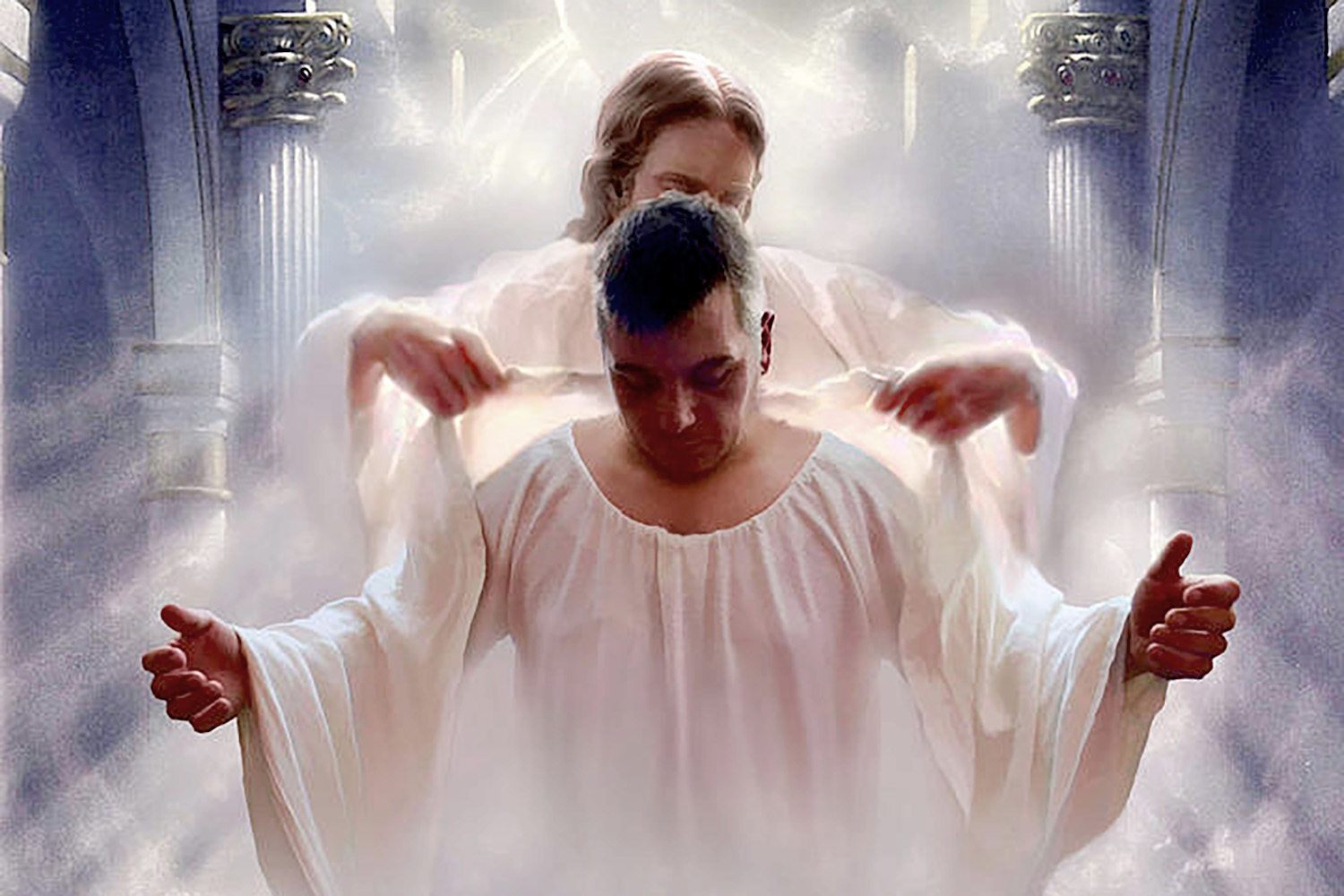

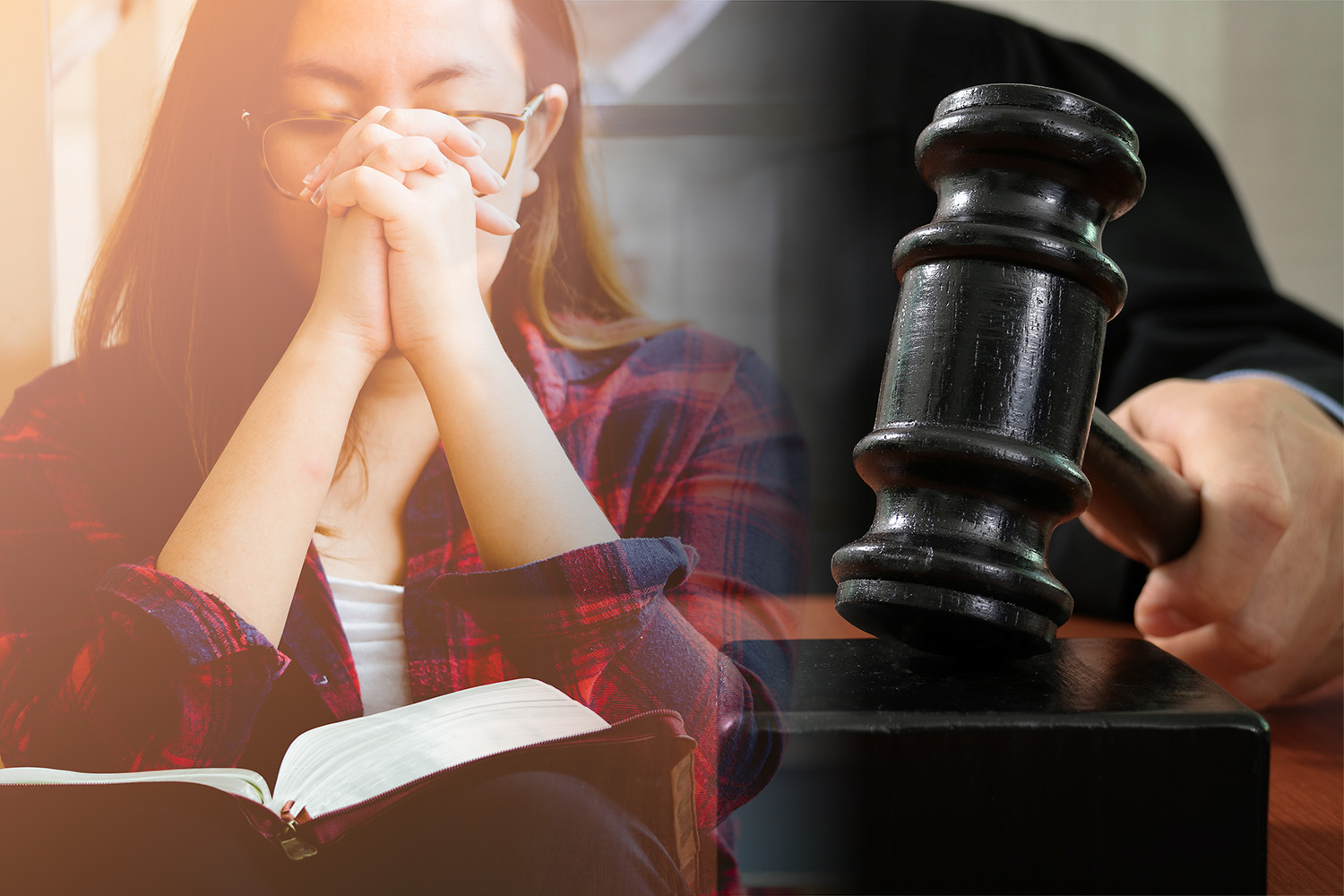



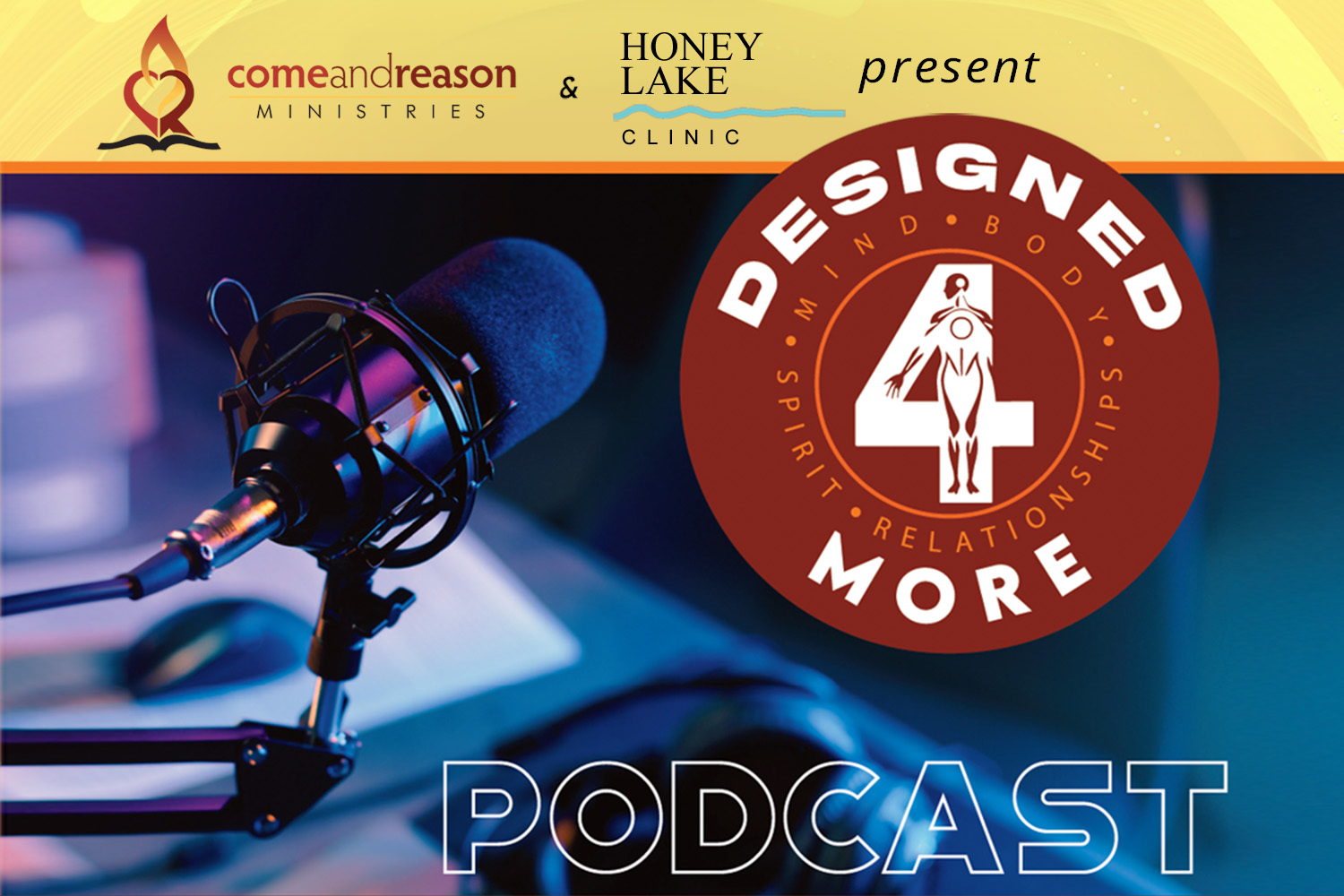
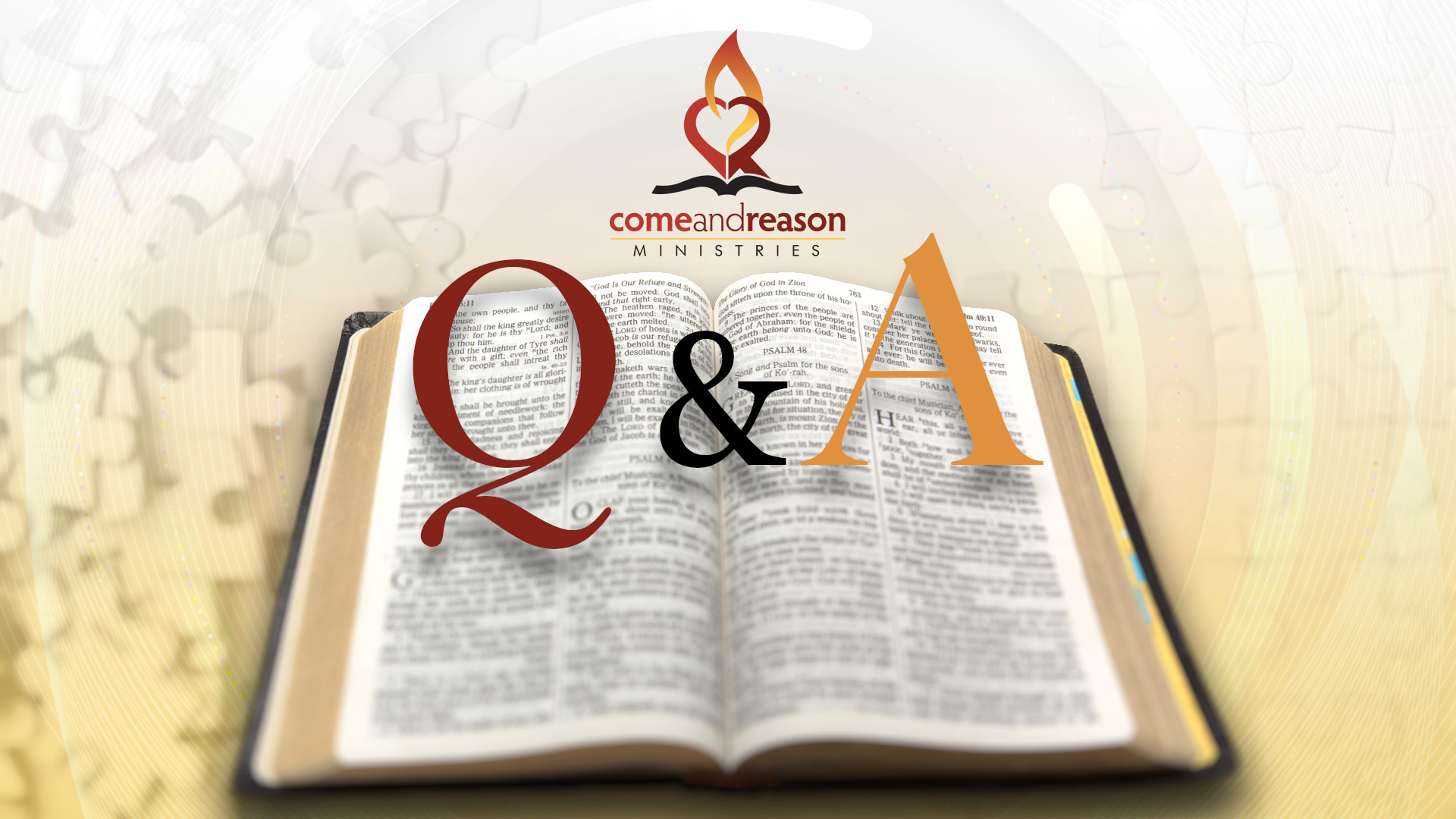
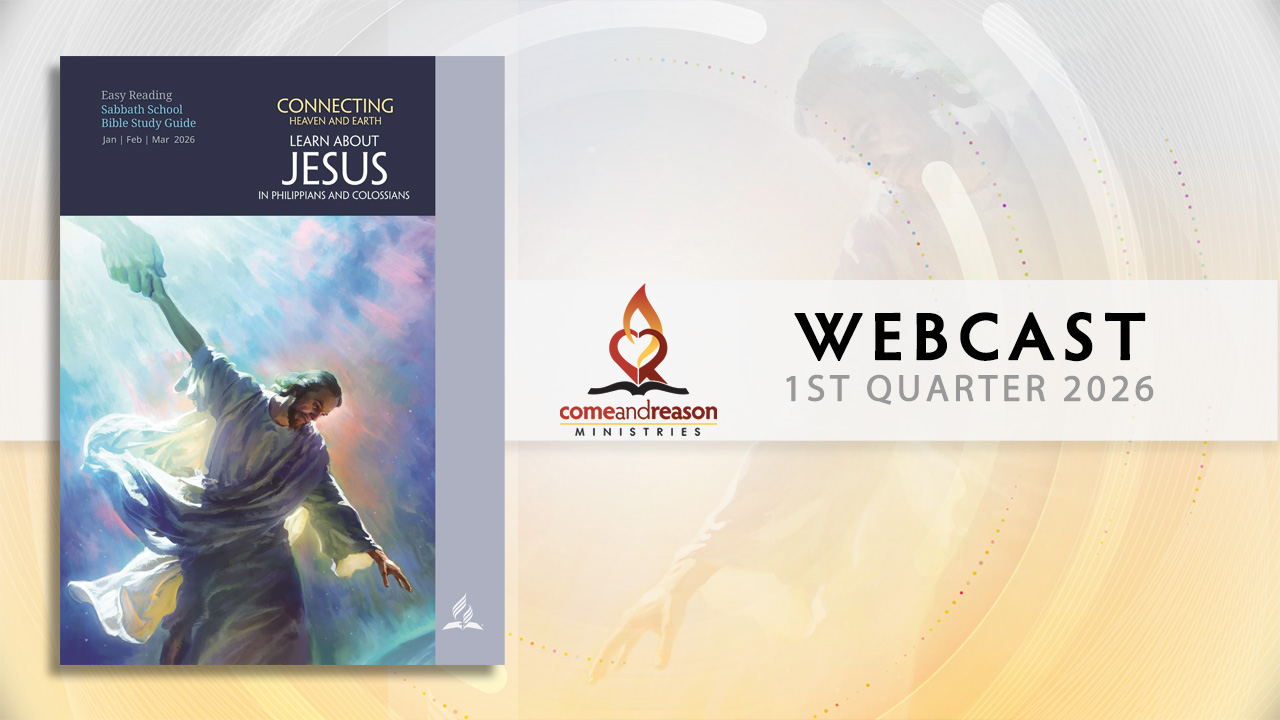
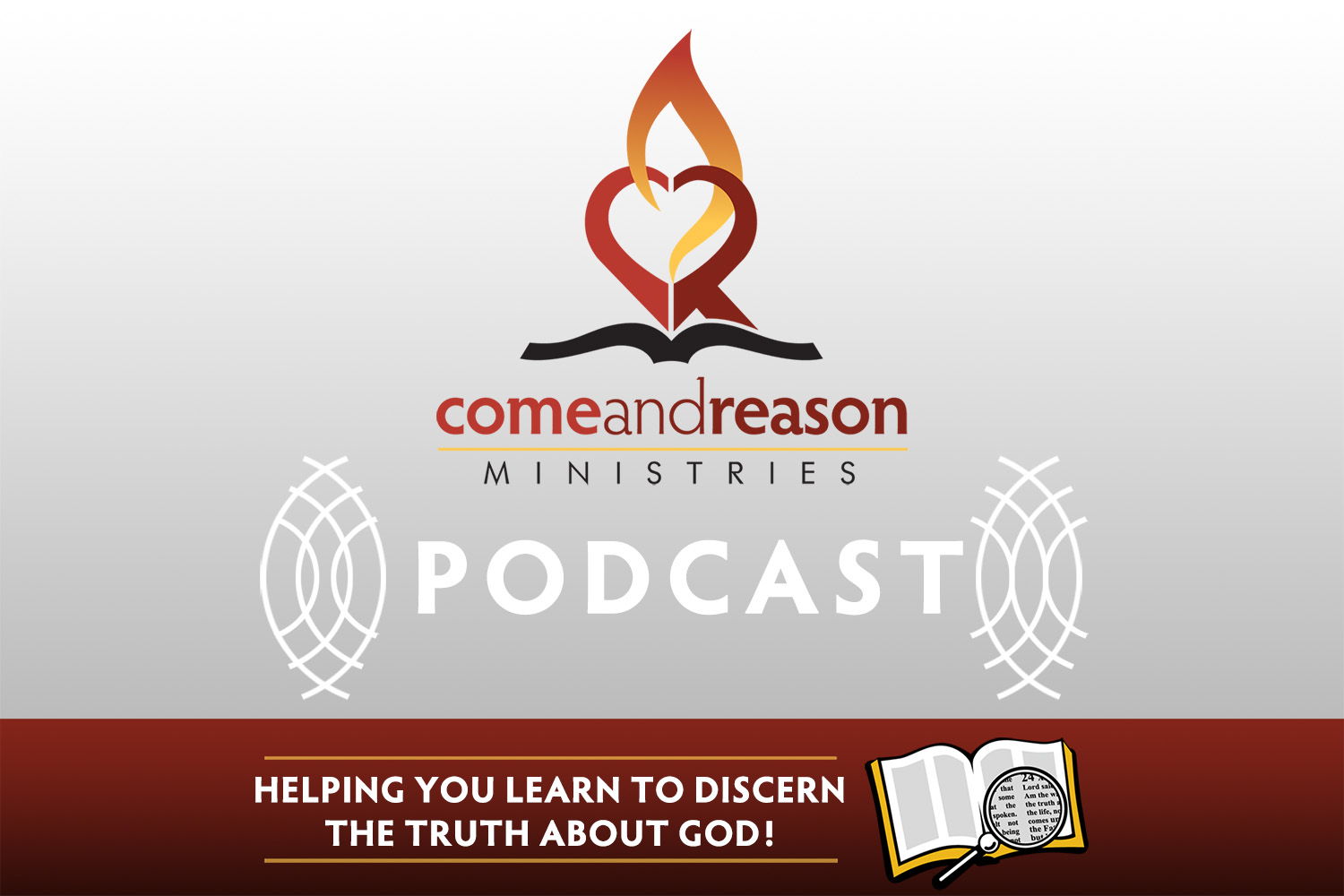
 using your credit or debit card (no PayPal account needed, unless you want to set up a monthly, recurring payment).
using your credit or debit card (no PayPal account needed, unless you want to set up a monthly, recurring payment). instead?
instead?